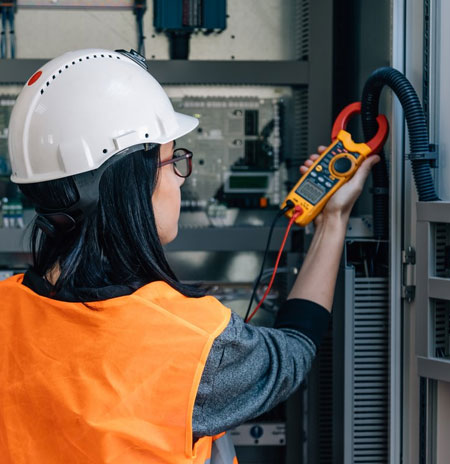Data Center Audit
The purpose of an audit is to examine the data centre and assess it against best practice to identify where it is compliant and where improvements can be made.
Delta Modular offers engineering expertise and a wide range of technical testing solutions with its experienced audit team to validate your facility has maximum uptime with the least amount of risk for you.
Tier, Rating or Class Compliance
The most common reason for auditing a data centre is to assess the Tier, Rating or Class of the data centre.
This raises the question, “Which standard do you want the design to be certified against?”
Some of the key data centre standards referring to Tier, Rating or Class are;
ANSI/TIA-942 Telecommunications Infrastructure Standard for data centres (Ratings)
EN 50600 Information technology. Data centre facilities and infrastructures (Classes)
The Uptime Institute Data Center Site Infrastructure. Tier Standard: Topology (Tiers)
Not all standards have the same interpretation of Tier, Rating or Class. The main aim of classifying a data centre design in terms of Tier, Rating or Class is to establish its resilience to failures. The aim of a higher Tier, Rating or Class is to remove single points of failure from the design and to enable maintenance to take place on the infrastructure without the need to shut down all or part of the IT systems (often referred to as concurrent maintainability).


Troubleshooting and Failure Analysis
Reliability is perhaps the most important requirement for a modern data centre because of the dependency organisations have on IT systems. Assessing the Tier, Rating or Class of the data centre, as we have already discussed, can help us to mitigate against failures.
But if the IT systems fail it is a major issue and so we must respond appropriately. The first priority is to get the IT systems back online.
Why did it happen?
How can we stop it happening again?
The first question may be easy to answer. Perhaps the cause of the IT systems outage was the failure of a component in the power or cooling systems. If so we can fix it and get our systems up and running again but if we do not invest time in answering the second question then we may suffer the same fate again. It may not be the same component that fails but perhaps we have an inherent weakness in our data centre infrastructure. This should be investigated, the weak points identified and remedial work be recommended. The management team can then make an assessment as to whether the cost of the remedial work compares favourably to the reduced risk of another failure.
Energy Efficiency Audit
A typical data centre consumes 50 times more energy per square meter than an office building. Data centres are responsible for more than 2% of the worldwide production of Carbon Dioxide. Carbon Dioxide has been linked to global warming and so it follows that we should be trying to reduce energy consumption in data centres.
Concern for our organisation’s “green” credentials and being conscious of environmental issue are important but often the main driving force for reducing energy consumption in data centres is that…
Improving energy efficiency in the data centre saves money!
Not only does improved energy efficiency reduce running costs but it can also increase the data centre’s capacity to house IT equipment. A more efficient data centre can make more power available to the IT equipment.
There are many ways in which the efficiency of a data centre can be improved, some are low cost and very simple to implement, others require a long term view to be taken.
It is important to understand that not all failures are caused by the physical infrastructure, many are caused by operational issues. We must therefore also review operational processes and staff experience and training to ensure that we have minimised the risk of a repeat failure due to these factors.

